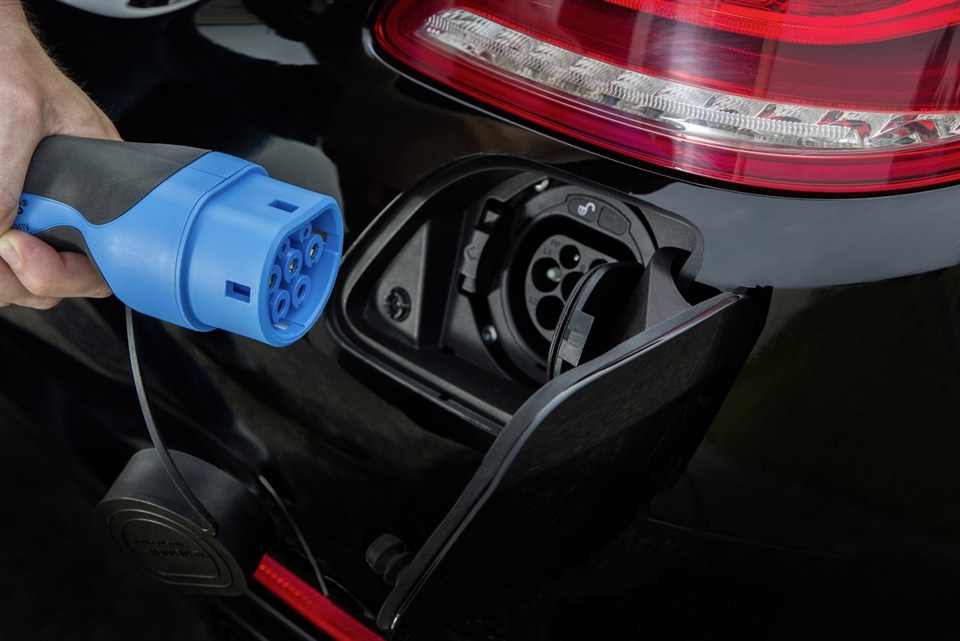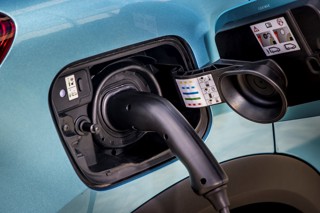The fleet industry has welcomed new requirements forcing developers to install electric vehicle (EV) charge points, but say they fail to help employees who don’t have a driveway.
The legislation will apply to new homes, supermarkets and workplaces as well as buildings undergoing major renovation from next year.
The Government estimates that up to 145,000 extra charge points will be installed across England each year thanks to the rules.
However, while welcoming the move, Duncan Webb, head of fleet for UK and Ireland at ISS, told the Fleet News at Ten webinar the Government missed a trick by not getting developers to invest in kerbside charging.
“It would have made a difference to far more people than just the new home-owners,” he said. “If, for every house you built, you had to build three kerbside chargers, you’d have four million chargers in the next 10 years and that would be really transformational.”
Paul Hollick, chair of the Association of Fleet Professionals (AFP), added: “We’ve got a fundamental issue, particularly with vans, on kerbside charging, we just need more infrastructure.”
The AFP estimates that, while 40% of drivers do not have a driveway, for commercial vehicle drivers, the figure is closer to 70%.
Hollick wants to create a national corporate database of postcodes for staff without the ability to install a home charger and then work with charge point providers and local authorities to ensure that kerbside charging solutions are made available where required.
However, the Department for Transport (DfT) response to its four-month consultation on charge points in residential and non-residential buildings, published last month, only focuses on properties with off-road parking.
The Government says it will introduce legislation requiring every new home with off-road parking, including those created from a change of use, to have a charge point.
Residential buildings undergoing major renovation, which have more than 10 parking spaces after the redevelopment is complete, will also be required to have at least one charge point for each dwelling and cable routes in all spaces without charge points.
All new non-residential buildings, with more than 10 parking spaces, meanwhile, will need to have a minimum of one charge point and cable routes for one-in-five of the total number of spaces.
All non-residential buildings undergoing a major renovation, which will have more than 10 parking spaces once the renovation is complete, will also be required to have a minimum of one charge point and cable routes for one-in-five spaces.
The Government says that charge points installed as a result of these regulations should have a minimum charging power of 7kW, be at least Mode 3 (smart) or equivalent and be untethered.
Lorna McAtear, fleet manager at the National Grid, says she and a lot of fleet industry colleagues were “disappointed” with the scope of the announcement.
“What we all wanted was EV-ready,” explained McAtear. “The cables are in, but you get to choose (the charge point).”
She is concerned that developers will choose the “cheapest” devices, not the ‘smart’ infrastructure people really want. “I think it’s a great step in the right direction, but it didn’t go far enough,” she said.
> Interested in comparing electric vehicle data? Check out our EV tool.
> Interested in ensuring the efficient use of EVs. Check out our dedicated editorial sections: Insight & policy | EV news | Charging & infrastructure | Costs & incentives | Benefit-in-kind | EV case studies | EV road tests























Login to comment
Comments
No comments have been made yet.